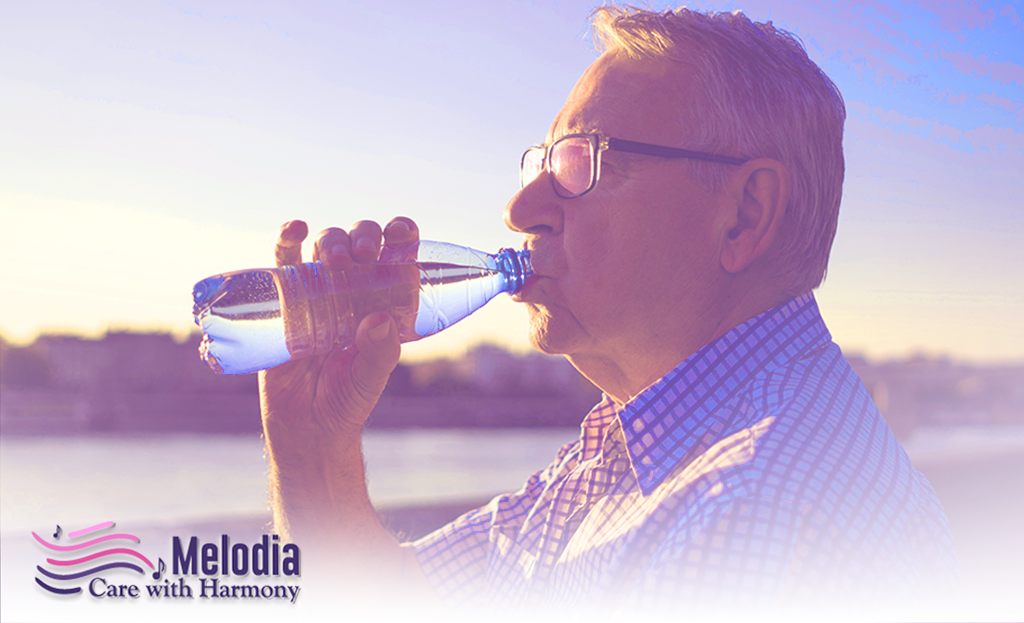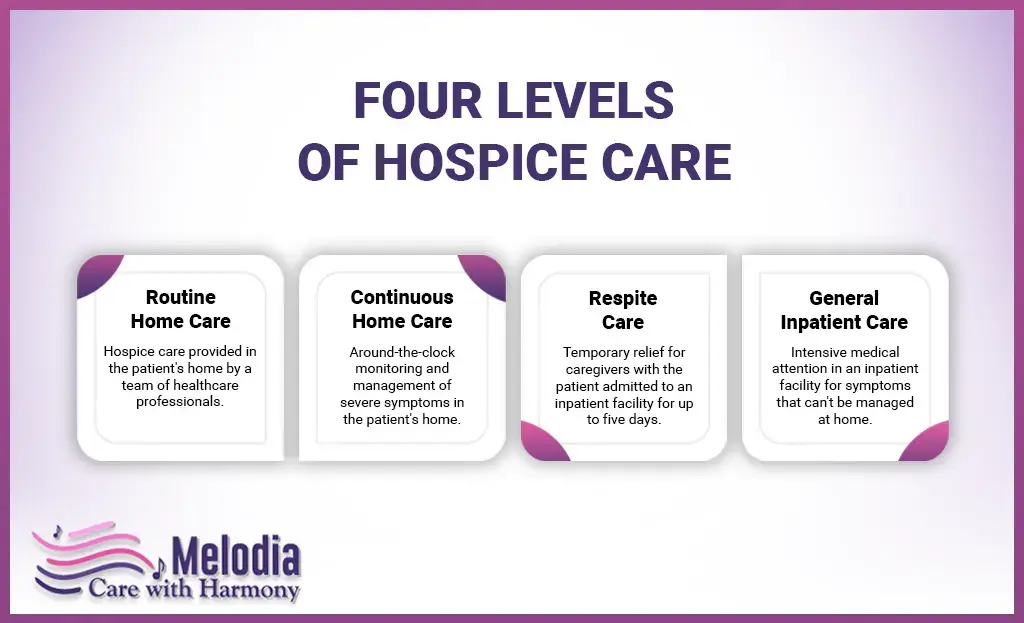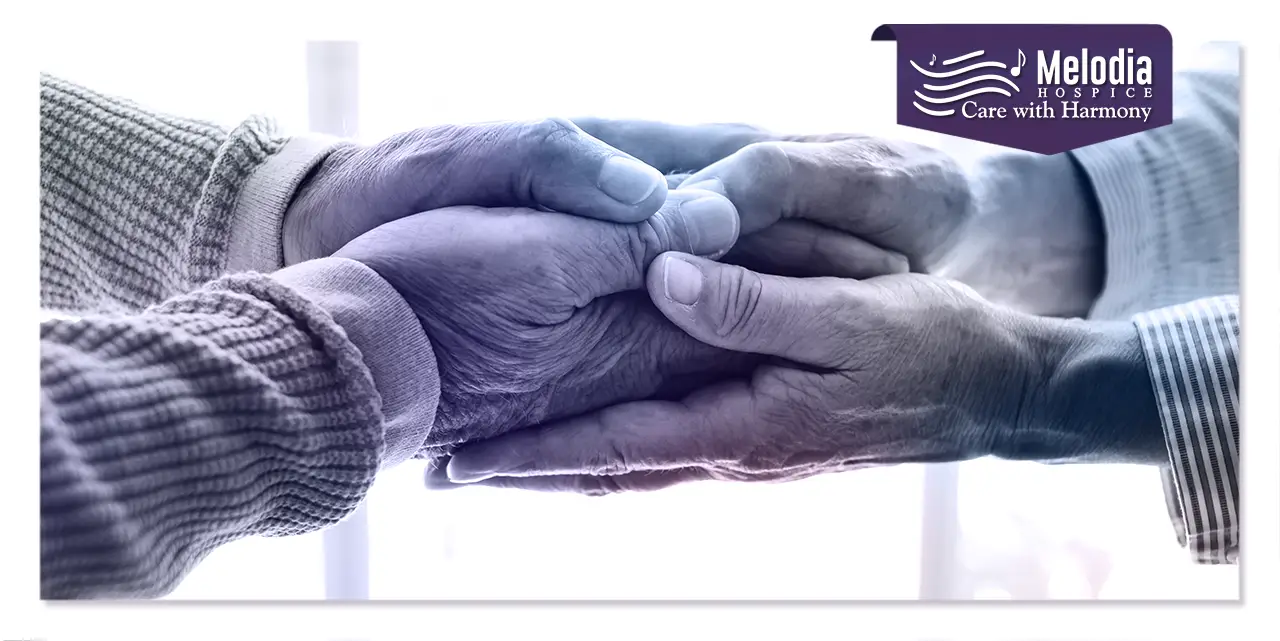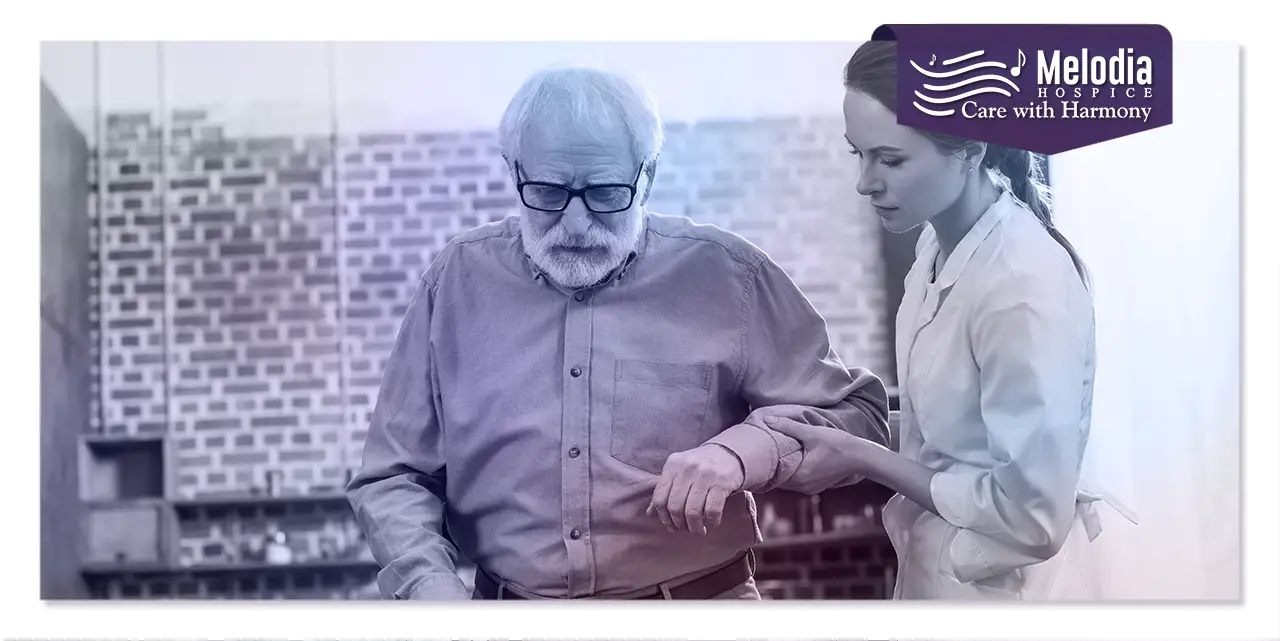Hospice is a unique kind of care that aims to maximize individuals’ and caregivers’ quality of life when they enter the final stages of a life-limiting disease. It provides compassionate care to those afflicted with incurable diseases, focusing on the mind, body, and spirit.
The human body needs large amounts of water and a person can survive only a few days without it. When the body loses more fluids than it takes in, leading to an insufficient amount of water to function properly. This situation is also referred to as dehydration. Dehydration occurs rapidly, resulting in intense thirst, fatigue, and eventually, organ failure and death. A person may cross from thirsty and slightly lethargic without water on the first day to organ failure on the third day.
However, numerous other variables, such as an individual’s activity level and environment, also play a significant role. Thus, there is no reliable way to predict how quickly someone will die of dehydration. Dehydration has different effects on different people. Each individual has a different tolerance for dehydration and may go longer or shorter periods without water than another.
What Are the Symptoms of Dehydration-Related Death?

Those who die of terminal dehydration typically experience delirium and altered serum sodium levels before death. The cessation of hydration does not produce true thirst, although a sensation of mouth dryness is frequently described as “thirst.”
Additionally, one may inquire how long a hospice patient can survive without water. When medical professionals decide to withdraw water, death is frequently imminent (and would be very close whether or not hydration was kept up). In most cases, this means a matter of hours or, at most, a few days.
How Long Can an Average Person Survive in the Absence of Water?

Our body requires a large amount of water to perform numerous vital functions, such as maintaining an internal temperature balance and keeping cells alive. As a general rule, a person can survive for approximately three days without water. However, certain factors, such as the amount of water required by an individual body and how it uses it, can affect this.
How Long Can Someone Who Is Dying Survive Without Food or Water?

According to different studies, you cannot survive without food and water for more than 8 to 21 days. Individuals on their deathbeds who utilize very little energy may only survive a few days or weeks without food or water. Water is far more vital to the body than food is.
Suppose you have a loved one needing extensive hospice care at home. In that case, you can explore registering them based on hospice criteria to ensure they receive appropriate and compassionate support during this challenging time. Here is how you can get hospice care.
How Does a Patient Become Eligible for Hospice Care?

First, your patient must meet the Centers for Medicare and Medicaid Services’ admission requirements to receive hospice treatment. In general, private insurance, Medicare, and Medicaid require two physicians to state that a patient’s survival beyond six months is improbable. Although there are several indicators that doctors can use to estimate a life expectancy of six months, this is not an exact science and some patients will last longer.
Four Levels of Hospice Care

Each hospice provider certified by Medicare must provide these four levels of care.
Level 1: Routine Home Care
Level 2: Continuous Home Care
Level 3: General Inpatient Care
Level 4: Respite Care
How Long Do Individuals Typically Reside in Hospice?

The majority of patients do not seek hospice care until their time of death approaches. The Journal of Palliative Medicine has reported that approximately half of the hospice patients were dead in three weeks and that 35.7% died within one week.
However, it should be noted that a significant minority of patients survive six months or longer, with 12-15% of the study patients belonging to this category. While the life expectancy of someone is difficult to predict, as each case is unique, patients under 65 were less likely to die within six months of registration.
Gender also seems to play a role, where men are slightly more likely to die in six months, 88.4 compared to 85.1% compared to women. The reason for hospice admission is also significant when patients with dementia or a stroke usually have a lower overall mortality rate than those with other conditions.
According to the Trella Health report, the average stay time for patients in hospice increased by 5% to 77.9 days in 2018 and by 74.5 days in 2017. This is regarded as positive news for patients because it is not enough for many people to reap all the benefits of hospice care. In surveys conducted by the United States Centers for Medicare and Medicaid Services, many families expressed regret that their loved ones did not enter the hospice earlier.
Hospice eligibility is limited to six months. This means that patients will not survive longer than six months after admission. However, after this time, if a significant proportion of patients survive, they may become eligible for other hospice or discharge.
After How Long Hospice Discharge Patients?

When a patient’s condition improves or his life expectancy rises to over six months, they lose eligibility for hospice treatment.
Apart from their condition deteriorating to the point where it is no longer terminal, there are several other reasons for a patient to be discharged from hospice. For example, at any time and for any reason, a patient may withdraw from hospice care. It is important to understand that when patients opt out of the Medicare hospice benefits, including home medical equipment, home visits, and therapeutic or holistic services, they are forfeited by patients.
In addition, patients may move out of the hospice’s service area or require transfers to another hospice. Rarely can a patient discharge due to disruptive, uncooperative, abusive behavior or the ability of the hospice to look after the patient effectively. Patients have a hospice discharge appeal process. If a patient is released from the hospice and their condition deteriorates, they may be readmitted.
What Are Hospice’s Final Stages?

The following are signs and tips for approaching the end of life:
- Coolness. Of the touch, the hands, arms, feet, and legs may become increasingly cool.
- Confusion. The patient may become unaware of time or place and may become unable to recognize those around them.
- Sleeping.
- Incontinence.
- Restlessness.
- Congestion.
- Urine production decreases.
- Fluid and food consumption decreases.
How Long Is a Life for A Hospice Patient When They Stop Eating and Drinking?

When someone stops taking fluids and is bedridden (and thus requires little fluid), they may live for a few days or as long as a couple of weeks. People lose their sense of hunger and thirst during the normal dying process.
According to the National Institute for Health Care Excellence (NICE), someone considered to be “two to three days” from death should have their hydration monitored daily to determine whether they require fluids via a drip – with the risks of assisted hydration and drinking water explained.
Artificial Nutrition and Hydration at End of Life

Artificial nutrition and hydration are a type of treatment intervention in which fluids and nutrition are delivered in a manner other than through the mouth and swallowing.
There are numerous types of artificial nutrition and hydration which can be broadly classified into two broad categories:
- Nutrition and fluids are administered enterally via a tube inserted into the gastrointestinal tract. The tube can be passed through the nose and throat to the esophagus and then into the stomach or intestine (nasogastric tube). It can also be operated directly in the stomach (gastrostomy tube) or through the small intestine of the abdomen (jejunostomy tube).
- Parenteral: Nutrition and fluids are administered through a catheter (extremely small tube) inserted into a vein. The catheter can be inserted into a “peripheral vein” (typically in the lower arm) or a “central vein” (one of, the larger veins in the body, closer to the heart).
At the End of Life

Food nourishes both the body and the soul. Additionally, it is one of the ways we demonstrate our love and comfort for loved ones.
Families frequently turn to familiar traditions for comfort and expression of love during times of great distress and these traditions frequently involve food. However, many people lose their desire for food and drink near the end of life. When a loved one stops eating and drinking, you may be unsure how to demonstrate your concern. Refusing food and drink is a symptom, not a cause, of the natural dying process. Dehydration’s side effects include thirst and a dry mouth both of which can be alleviated with regular and thorough oral care. This is a chance for you to demonstrate your concern in a novel way.
Food and fluids do not improve the quality or quantity of life for the vast majority of people. Indeed, compelling someone to eat or drink at the end of life may result in discomfort, such as shortness of breath, bloating, gas, nausea, vomiting, or diarrhea. Additionally, the chewing and swallowing muscles weaken with age, resulting in difficulty swallowing and possibly choking.
Contact your Melodia Care nurse if you have any questions about your loved one’s food and fluid intake. There are several ways that you, as the caregiver, can provide nutritional comfort to your loved one.
How to Help?
- Allow your loved one to decide whether or not to eat or drink.
- Provide light meals or snacks.
- Consume with a loved one.
- Provide a balance of solid and liquid foods.
- Provide soft foods to alleviate the strain of chewing and swallowing.
- Provide small ice chips, frozen juice, or popsicles; these are all refreshing to many people.
- Prop your loved one up to eat or drink.
- Maintain oral hygiene before and after each meal and snack.
- Avoid foods that are heavy and fried.
- Avoid foods that have a strong aroma.
Final Words
In summary, hydration is critical for human survival. While some people can go weeks without food, they can only go a few days without water. Consuming water and foods high in water content may help prevent dehydration.
Without water, dehydration can have a rapid effect on the body. Depending on the environment and level of exertion, individuals may notice changes in their bodies within a few hours. When someone has diarrhea or vomits, their body may lose water more rapidly.
By and large, a person who drinks when they are thirsty should avoid dehydration. Contact Melodia Care’s Compassionate Care Team Concerning a Hospice Patient
If you are ill, contact the Melodia Care Hospice team for compassionate care. Even if they have not been formally diagnosed for six months or less to live, families can rest assured by understanding their options and discussing the optimal time to enter the hospice.
You can reach Melodia Care at any time of day or night by contacting us through our 24/7 online customer support chat or by calling 1-888 635-6347.








